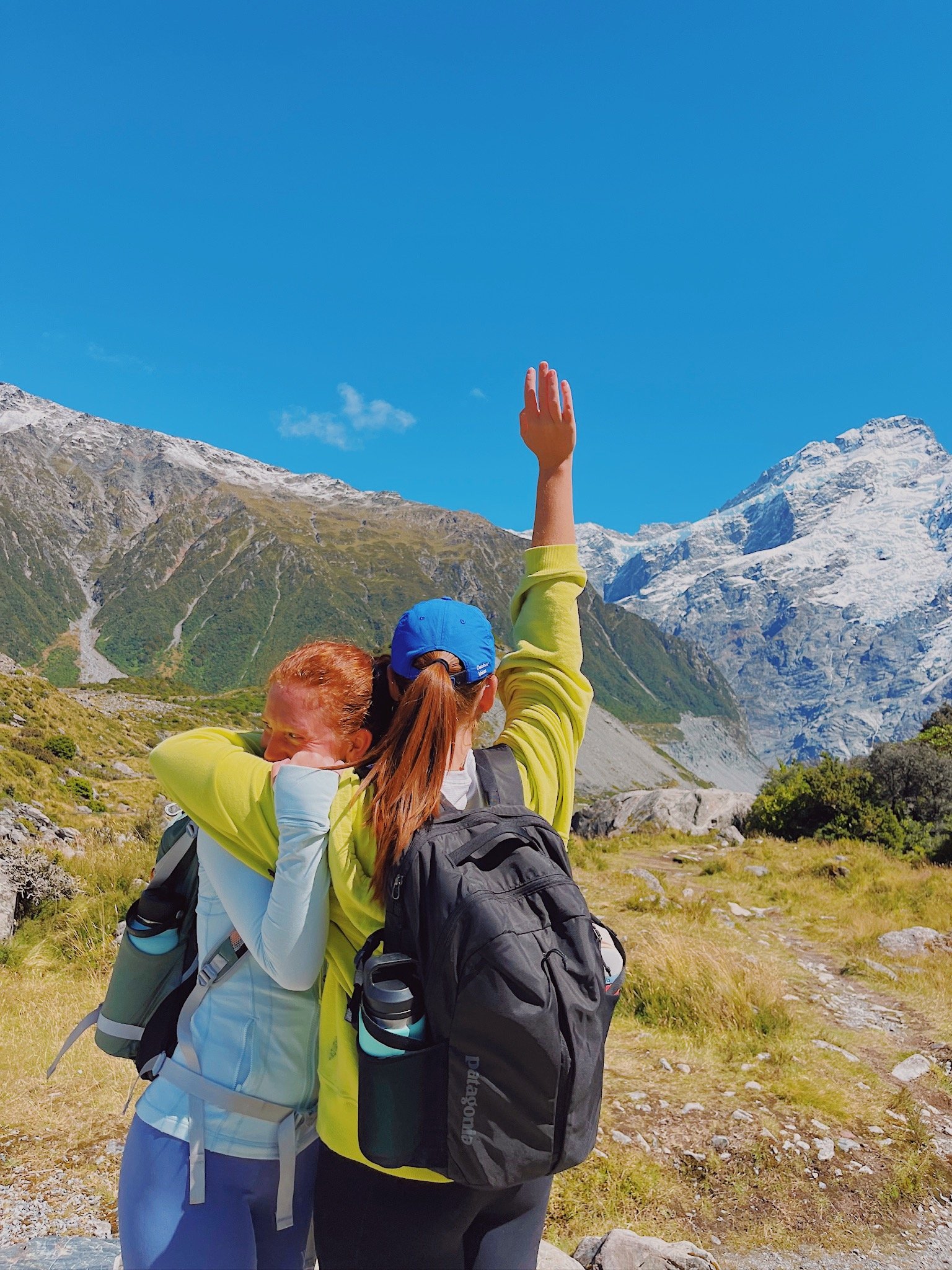Introduction
Sustainability is a word that we are all familiar with, but when prompted on how we would define it, it can be more complex than people tend to assume. After studying the subject for the past 4 years, I even struggle to encapsulate every piece of it into one definition. Sustainability is the balance and integration of environmental protection and social responsibility in the actions of individuals and systems, to preserve the well-being of the world for future generations. However, it can be much more complex than this. Throughout this certificate, nothing has proved that more. From courses Global Agriculture to People, Profit, and Planet, it could not be truer that sustainability is a way of life, not just a topic or concept, it is completely integrative, involved in all genres of life.
Through my Global Agriculture course, I discovered how farming and food waste is one huge way humans impact the environment and humanity by the produce we consume and how it is developed. Where large farming corporations want to focus on getting the most for your dollar at the time, it has been a difficult transition to implement sustainable practices within agriculture, especially because it is more work for a smaller profit initially. However, it is important to understand if what you are consuming has been made ethically and sustainably, because there are also personal benefits to this.
However, it was my study abroad experience last Spring that truly opened my eyes to global scale sustainability and policy. I studied topics such as People, Profit, Planet and Field Studies in Conservation in Hawaii, Australia, New Zealand, and Fiji. I learned about genuine issues happening in the places I was living in regarding social, environmental, and economical effects of tourism, elevated risk conditions and environments due to a reducing ozone layer in these regions, how preservation of wildlife reserves and natural parks can restore habitat and benefit entire countries. As previously stated, a large part of understanding these concepts is being able to comprehend the policies and the role the government plays in all of them. In some ways, some of these countries are more progressive towards sustainable policy like New Zealand. In other ways, you learn that some places are like the United States despite assuming the opposite. For example, Australia releases more greenhouse gas emissions per capita than America, but since their population is smaller, they would appear lower in over emissions per country when compared. Then there's countries like Fiji, who are hit the hardest with climate change crises such as rising sea levels but also contribute the least number of emissions. Additionally, these areas are often the places that lack the technology and tools to tackle the issue that they did not initiate in the first place. In Fiji, the village I was graciously hosted in had to build a sea wall to protect their land from the rising sea and are at threat of losing their food supply due to worsening reef conditions. However, these are the people that have one solar panel per house and protect and care for their reefs. Having this perspective made sustainability, something I already highly valued, so much more important to me. When a tragedy of the commons is directly affecting a group that does not contribute to the issue, you want to change the way you act and do.
Therefore, taking both seminars and the capstone after this experience allowed me to apply what I had experienced abroad in the classroom. Learning competencies such as integrative and collaborative reminded me of the group work, I have done in the past to work with others that want a different approach but the same end goal and figuring out how you can reach that solution in a way the benefits the general bubble of stakeholders. Tools such as systems thinking and mapping out the interconnectedness of each part of a system are so beneficial in generating solutions, and this was something I practiced through simulations while I was abroad. Each stakeholder would have their motives and reasons for a solution to a “wicked problem,” such as building an observatory on top of Mauna Kea in Hawaii. Some bird wildlife specialists want it to stay off to reduce habitat destruction, NASA wants it to be built for movement of space exploration, heritage conservation groups want to keep it off because Mauna Kea is a burial ground and sacred land to the indigenous community in this area of Hawaii. The list goes on, but we impersonated these people to give our pitches to a council that considered everyone’s opinions and needs to make the best possible decision. While these exercises were simulations, these were real groups involved in real wicked problems.
Overall, whether in the classroom or applied learning environments, understanding how systems and different areas of the world compared to the US are working to target larger-than-life problems can be hard to wrap your brain around. Therefore, starting with how one singular company works to improve themselves and their sustainability goals can help one grasp the bigger issues the world faces. As I said previously, sustainability is an integrative way of life that is entering more environments and spaces across the globe, which can only be a step in the right direction to preserving our world for future generations. Where there are often not easy solutions to a problem that affects many groups of people, there is always room for progress. While change can be scary, staying the same is even more terrifying.

